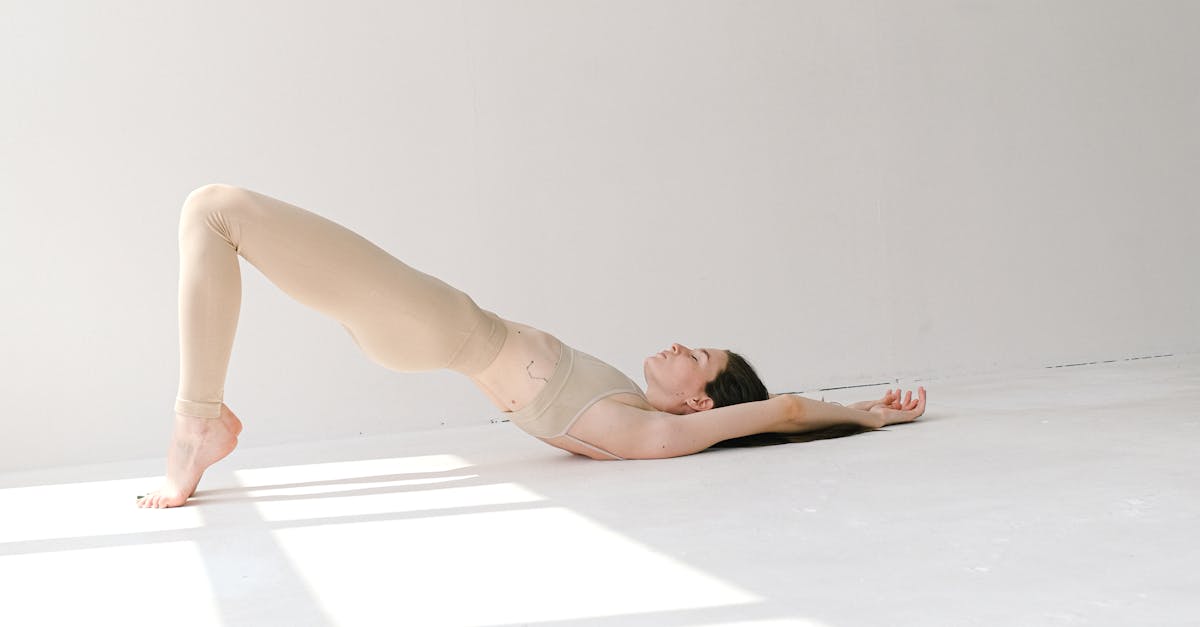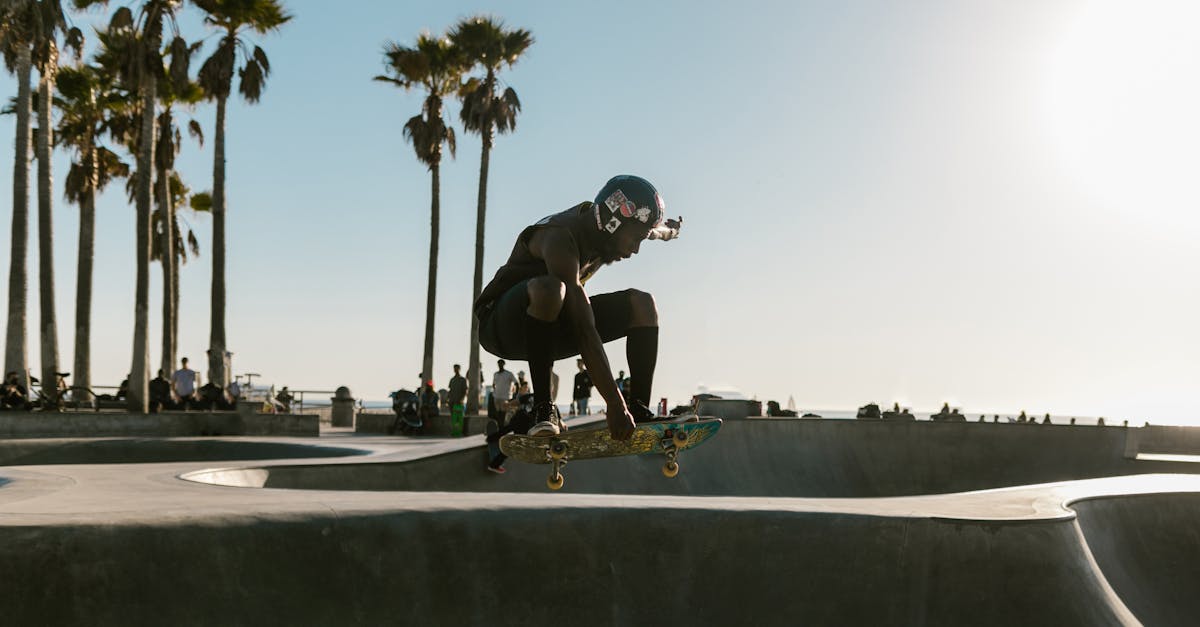Tight Hip Flexors Causing Back Pain: Strategies for Relief and Prevention
Unveiling the Hidden Culprit: How Tight Hip Flexors Trigger Back Discomfort

Tight Hip Flexors: A Root Cause of Back Pain
Hip flexors are muscles that help lift the thighs toward the body. If they become too tight, they can pull on the lower back, causing pain. This is especially common in people who sit for long periods of time or who do not stretch their hip flexors regularly.
In addition to causing back pain, tight hip flexors can also lead to other problems, such as knee pain, ankle pain, and even plantar fasciitis. Stretching the hip flexors can help to relieve pain, improve flexibility, and prevent further injuries.
1. Understanding the Connection: Tight Hip Flexors and Back Pain
Understanding the Connection: Tight Hip Flexors and Back Pain
Hip flexors are muscles that help to lift the thighs toward the body. They are located on the front of the thighs and include the iliacus, psoas major, and rectus femoris muscles. When these muscles are tight, they can pull on the lower back, causing pain. This is especially common in people who sit for long periods of time or who do not stretch their hip flexors regularly.
In addition to causing back pain, tight hip flexors can also lead to other problems, such as knee pain, ankle pain, and even plantar fasciitis. This is because tight hip flexors can alter the biomechanics of the entire body, putting stress on other joints and muscles.
Stretching the hip flexors can help to relieve pain, improve flexibility, and prevent further injuries. It is important to stretch all of the hip flexor muscles, including the iliacus, psoas major, and rectus femoris. There are a variety of stretches that can be used to target these muscles. Some examples include the kneeling hip flexor stretch, the standing quad stretch, and the seated hip flexor stretch.
2. Relief Strategies: Stretching and Strengthening Techniques

Relief Strategies: Stretching and Strengthening Techniques
There are a number of things that can be done to relieve pain caused by tight hip flexors. Some simple stretches and strengthening exercises can help to release tension in the muscles and improve flexibility.
Stretching
-
Kneeling hip flexor stretch: Kneel on one knee and place the other foot flat on the floor in front of you. Lean forward and push your hips forward until you feel a stretch in the front of your thigh. Hold for 30 seconds and repeat on the other side.
-
Standing quad stretch: Stand with your feet shoulder-width apart. Bend your right knee and grab your right foot with your right hand. Pull your heel towards your buttocks until you feel a stretch in the front of your thigh. Hold for 30 seconds and repeat on the other side.
-
Seated hip flexor stretch: Sit on the floor with your legs extended straight out in front of you. Bend your right knee and place the sole of your right foot on the inside of your left thigh. Lean forward and reach your arms towards your toes. Hold for 30 seconds and repeat on the other side.
Strengthening
-
Hip flexor raises: Lie on your back with your knees bent and your feet flat on the floor. Lift your hips up off the ground until your body forms a straight line from your shoulders to your knees. Hold for 30 seconds and lower back down. Repeat 10-15 times.
-
Leg swings: Stand with your feet shoulder-width apart. Swing your right leg forward and back, keeping your knee straight. Do 10-15 swings and then repeat on the other side.
-
Step-ups with knee drive: Stand facing a step or platform. Step onto the platform with your right leg and bring your left knee towards your chest. Lower your left leg and step down. Repeat 10-15 times and then switch legs.
3. Lifestyle Modifications: Ergonomics and Posture
Lifestyle Modifications: Ergonomics and Posture
In addition to stretching and strengthening exercises, there are a number of lifestyle modifications that can help to prevent and manage hip flexor tightness and back pain. These include maintaining good posture and implementing ergonomic principles in daily activities.
Posture
Good posture is important for overall health and well-being, but it is especially important for preventing and managing back pain. When you sit, stand, or walk, make sure to keep your spine straight and your shoulders back. Avoid slouching or hunching over, as this can put strain on your hip flexors and lower back.
Ergonomics
Ergonomics is the study of how people interact with their environment. By applying ergonomic principles to your daily activities, you can help to reduce strain on your body and prevent pain. Some simple ergonomic tips include:
- Adjust your chair and desk so that your feet are flat on the floor and your knees are bent at a 90-degree angle.
- Use a lumbar support pillow to support your lower back.
- Take breaks from sitting every 20-30 minutes to walk around and stretch.
- Avoid carrying heavy bags or backpacks on one shoulder.
4. Medical Interventions: When to Seek Professional Help

Medical Interventions: When to Seek Professional Help
In most cases, hip flexor tightness and back pain can be managed with self-care measures, such as stretching, strengthening exercises, and lifestyle modifications. However, there are some situations where it is important to seek professional help.
You should see a doctor if:
- Your pain is severe and does not improve with self-care measures.
- Your pain is accompanied by other symptoms, such as numbness, tingling, or weakness in your legs or feet.
- You have a history of back problems or other medical conditions that could be contributing to your pain.
Your doctor will perform a physical examination and ask you about your symptoms. They may also order imaging tests, such as an X-ray or MRI, to rule out other potential causes of your pain.
Depending on the underlying cause of your pain, your doctor may recommend a variety of treatments, including:
- Physical therapy
- Medications
- Injections
- Surgery
If you are experiencing hip flexor tightness and back pain, it is important to see a doctor to rule out any underlying medical conditions and to get the appropriate treatment.
5. Prevention Strategies: Regular Exercise and Stretching
Prevention Strategies: Regular Exercise and Stretching
The best way to prevent hip flexor tightness and back pain is to maintain a healthy lifestyle that includes regular exercise and stretching. Exercise helps to strengthen the muscles around the hips and back, which can help to prevent injuries. Stretching helps to keep the muscles flexible and loose, which can also help to prevent pain.
Some simple exercises that can help to prevent hip flexor tightness and back pain include:
- Walking
- Running
- Swimming
- Cycling
- Yoga
- Pilates
It is important to start slowly and gradually increase the intensity and duration of your workouts over time. Be sure to listen to your body and stop if you experience any pain.
In addition to regular exercise, it is also important to stretch your hip flexors and back muscles regularly. Some simple stretches that can help to prevent pain include:
- Kneeling hip flexor stretch
- Standing quad stretch
- Seated hip flexor stretch
- Child’s pose
- Cat-cow stretch
Hold each stretch for 30 seconds and repeat 2-3 times. Be sure to breathe deeply while you stretch.
Quiz
-
True or False: Tight hip flexors can contribute to lower back pain.
-
Which of the following is NOT a recommended stretching exercise for tight hip flexors?
a) Kneeling hip flexor stretch
b) Standing quad stretch
c) Hamstring stretch
-
What is one ergonomic tip that can help to prevent hip flexor tightness and back pain?
-
In most cases, hip flexor tightness and back pain can be managed with:
a) Surgery
b) Medications
c) Self-care measures
-
Regular exercise and stretching can help to:
a) Prevent hip flexor tightness and back pain
b) Relieve pain associated with hip flexor tightness
c) Strengthen the muscles around the hips and back
Answer Key
- True
- c) Hamstring stretch
- Adjust your chair and desk so that your feet are flat on the floor and your knees are bent at a 90-degree angle.
- c) Self-care measures
- All of the above
